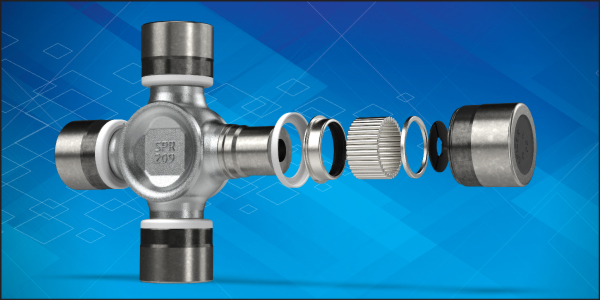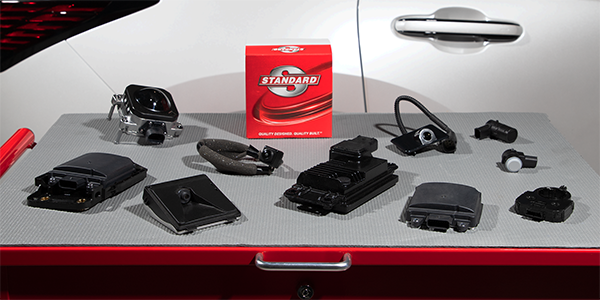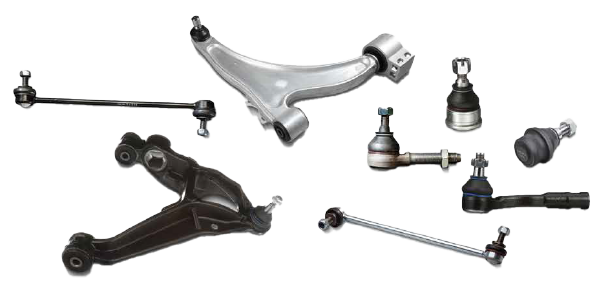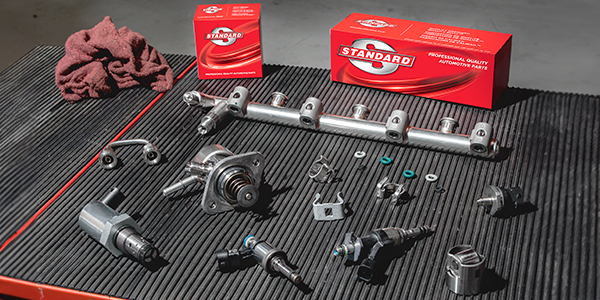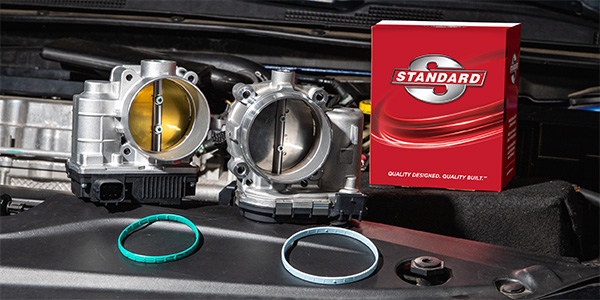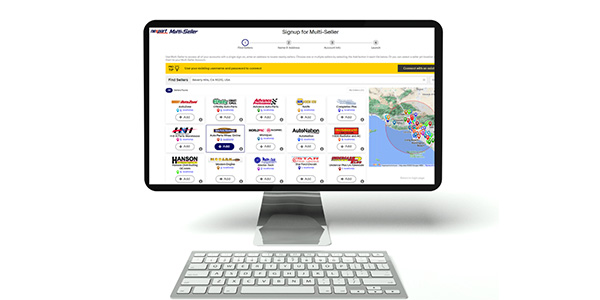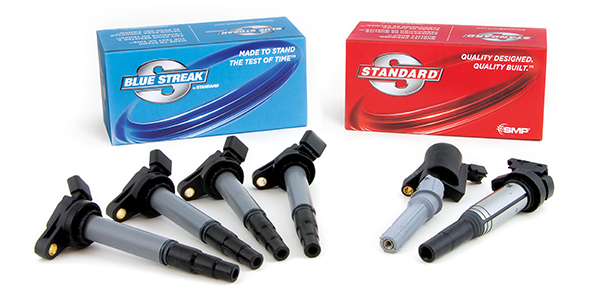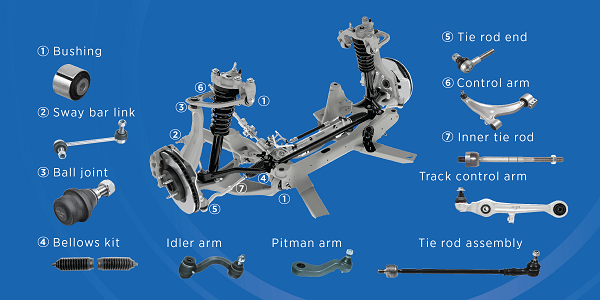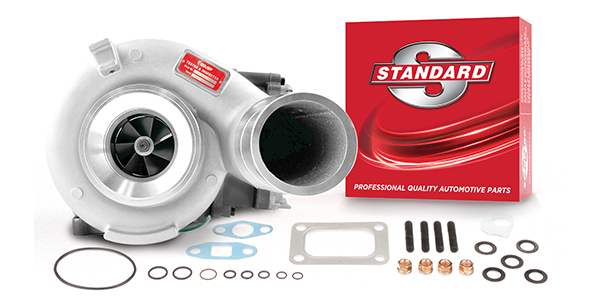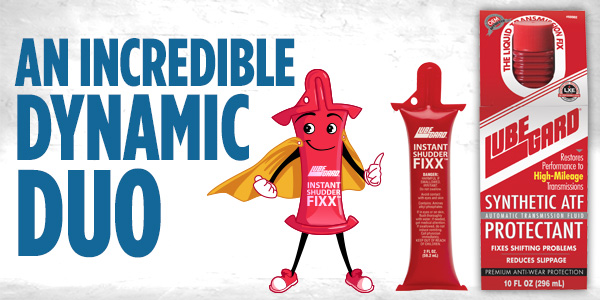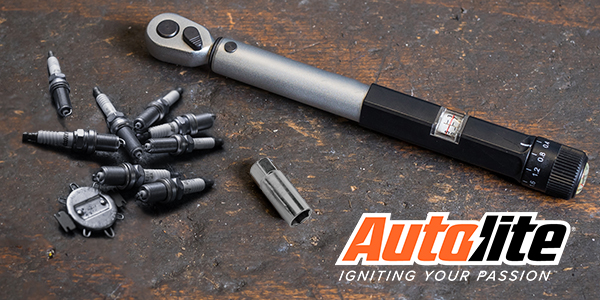Universal joints, or u-joints, are essential to the reliable and safe functioning of a vehicle. While this small part can easily be overlooked, failure to replace a deteriorating u-joint can quickly take a vehicle off the road with transmission damage. Regular maintenance and knowing the warning signs can help identify failing u-joints before they become a problem. Prompt replacement with high-quality u-joints will help keep vehicles confidently on the road.
A u-joint is a cross-shaped part that features bearings at each end and that connects the driveshaft to the differential. U-joints may also serve to link the driveshaft to the transmission or to unite two driveshafts, depending on the type of vehicle. Quality u-joints that are in great condition allow for proper alignment and movement within the drivetrain.
It’s possible that u-joints may last for the lifespan of a vehicle, yet everyday wear and tear takes its toll. U-joints are susceptible to stress from aggressive off-roading and from towing heavy loads. Any misalignment in the vehicle may also put a strain on u-joints by shifting their operating angles; an improperly-performed vehicle lift can bring this about.
Since no one can guess when a u-joint might fail, have these parts checked during every oil change, or at least twice a year. It’s time for a replacement if there is any movement at all in the u-joint. And while manual inspections are important, there are certain indictors of a failing u-joint to be aware of.
Noises that can reveal a problem include a clunking noise with a ringing sound, particularly when shifting from drive to reverse, or a squeak that emerges when the vehicle begins to move forward or backward. Both of these warning noises are very likely linked to insufficient grease within the u-joint. Checking out the potential problem can avoid much larger headaches down the line.
Other than paying attention to noises, it also important to note any signs of an imbalance, such as new vibrations or a lurching feeling. These are considered early warning signs. Failure to heed these signs could lead to a final indicator of u-joint failure: complications with the driveshaft. We are trying to avoid any loss of driveshaft function by being mindful of what’s going on in the drivetrain.
If it is determined that one u-joint needs to be replaced, swap out its partner at the same time. This can help avoid additional downtime, as the other u-joint has been exposed to similar stresses—and so it is likely headed for failure itself.
The quality of the materials, design, and engineering of the replacement u-joints can make an enormous difference in future uptime and vehicle reliability. Global manufacturers recognize Spicer Life Series® (SPL®) u-joints from Spicer as a benchmark in quality. Now, the company that invented the universal joint offers a new advancement in u-joints: SPL® Plus u-joints. Building on the design, lubrication, and sealing package of SPL u-joints, SPL Plus u-joints feature upgraded grease, seal, seal guard, and spacer material for premium performance in the most demanding environments.
To avoid the downtime, frustration, and costs of complete u-joint failure, be sure that universal joints are checked regularly and be alert to the signs of failure. When it’s time for replacement, select u-joints that incorporate the latest advancements in material and design to keep your vehicle driving smoothly now, and for years to come. Choose u-joints with proven quality and you’ll get the confidence that comes from getting the repair done right the first time.
This article was sponsored by Dana Incorporated. For more information, please visit https://spicerparts.com/select-region.

